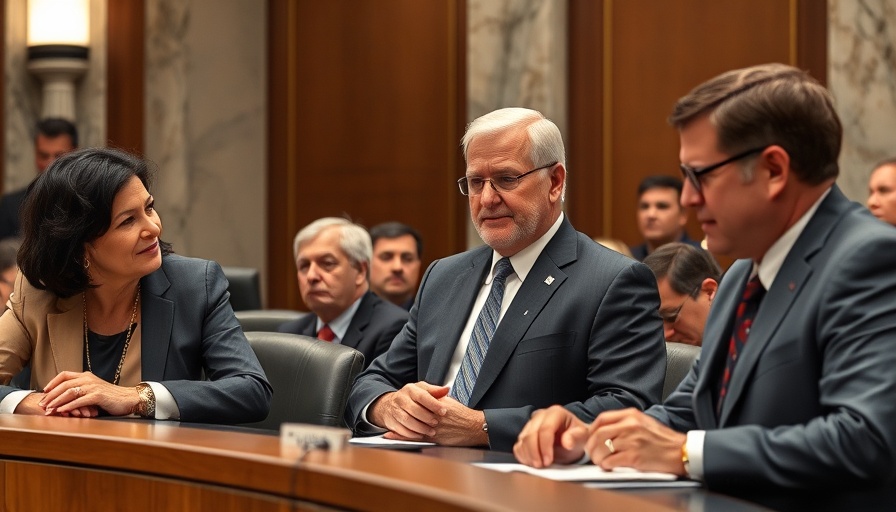
San Diego County's Reserve Dilemma: Balancing Bonuses and Stability
In a pivotal decision that could impact thousands, San Diego County Supervisors are poised to vote on updating the county's reserve policy, potentially unlocking millions for employee bonuses amidst rising living costs. As the region faces economic strains, these bonuses may provide much-needed relief to county workers, but they come with significant budgetary implications for the community.
The Financial Stakes: Bonus Payments Explained
If approved, the new policy will facilitate $1,000 lump-sum bonuses for roughly 17,000 employees this year. This could balloon to nearly $25 million when considering additional contracts expected for approval. Moreover, projections indicate ongoing yearly costs, with bonuses dropping to $500 in 2026 and $250 in 2027, totaling an eye-watering $42.8 million over three years. These payouts arise during a time when county finances are strained, necessitating a careful evaluation of the balance between rewarding employees and maintaining a healthy reserve fund for emergencies.
Understanding County Reserves: A Safety Net or a Division of Funds?
The county's reserves are intended to provide a buffer during economic downturns and federal budget cuts. Board Chair Terra Lawson-Remer estimates that changing reserve policies could free up approximately $90 million annually. Advocates, including labor unions, argue that this money could relieve societal pressures by investing back into essential services, while critics raise concerns about whether committing these funds to bonuses undermines fiscal stability for future crises. The county currently anticipates annual budget cuts of at least $286 million once federal savings initiatives fully take effect.
Community Reactions: Balancing Perspectives
Support for the bonuses is strong among county employees as well as some elected officials like Supervisor Monica Montgomery Steppe, who emphasize that well-supported employees are crucial for delivering high-quality community services. Steppe stated, “To meet the expectation of quality service delivery, we must also support the employees who provide those services.” However, dissenters warn that depleting reserve funds could cripple the county's ability to respond to impending financial storm clouds.
Historical Context: How Employee Bonuses Have Shaped Policy
The concept of bonuses is not new to San Diego County; similar payouts have been part of previous labor contracts, especially when a Republican majority governed the Board of Supervisors. This historical context sheds light on the ongoing struggle of county workers for fair compensation and the push for resources that genuinely reflect rising living costs in San Diego.
Future Impact: The Long-Term Vision for San Diego County Finances
As the county balances immediate employee compensation against long-term fiscal responsibility, the decisions made in upcoming votes may set a precedent for how San Diego manages its funds in the future. With changing economic conditions—a critical issue for many residents—finding the right balance will determine not just the prosperity of county employees, but the overall health of the community services that depend on those workers.
This pivotal decision awaits the supervision of a divided board and will demand broad consideration from all stakeholders involved—residents, employees, elected officials, and union leaders—to ensure the best outcomes for the community at large.
Conclusion: Engaging in the Future of San Diego County
San Diego residents are encouraged to engage with local government discussions regarding these policies to voice their opinions. Understanding these decisions is vital, as they can directly affect employee morale and service quality in the community. It’s time to make a choice that reflects our family values and prioritizes the community's well-being.
 Add Row
Add Row  Add
Add 




Write A Comment